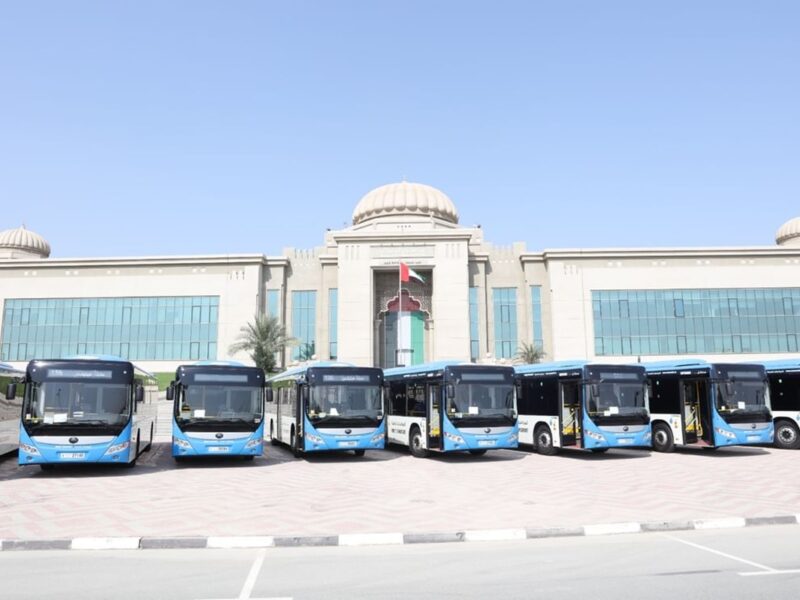Question:
As the air cargo industry experiences rapid growth, what are your predictions for the future?
Expert:
Nikos Herrmann
A partner in the aviation, aerospace and defence practice of Mercer Management Consulting. Specialising in strategy development, revenue management and process design for cargo carriers.
The major trends for air cargo in the coming years
There are three major trends shaping the industry. The first is that growth will continue at a pace faster than passenger growth, and as a growth business air cargo is a significant force helping to drive economic prosperity.
The second trend is that continued forwarder consolidation will put pressure on airlines to respond with a more sophisticated, globally integrated offering. This is particularly relevant for carriers that have grown beyond the size of a pure niche player on a handful of lanes, but may make it onto a top-ten forwarder’s preferred carrier programme unless they have a unique value proposition to offer.
The third trend to keep in mind is that all-freighter operations are becoming much more relevant than in the past. Air cargo flows increasingly move separately from passenger growth, and different business requirements are forcing carriers to provide dedicated freighter capacity in order to avoid total commoditisation and margin erosion.
The affect of forwarder consolidation on cargo airlines
All large forwarders are streamlining global operations and as consolidation continues, the smaller group of large forwarders will set an even faster pace and push higher expectations from the airlines. Forwarders such as Danzas-DHL, Schenker and Panalpina are taking over more of the value chain operations in an integrated fashion. They are building their own hubs, running their own air operations, their own road feeder, and their own warehouses, often providing complex value-added services from
pick-and-pack to final assembly, repair, and return logistics.
While this generally commoditises the airlines’ services even more, paradoxically, the forwarders nevertheless demand more sophistication from the fewer airlines they deal with. They’re insisting on fully integrated IT, time-definite services, and global standards such as Cargo2000, to name just a few requirements. As a result, mid-size cargo airlines and cargo departments must decide whether they want to compete against these large players, in which case they must get serious about taking their capabilities and their operations to the next level.
Dominant factors for the continued growth in demand for global freighter services
Over the next three years, some 130 new freighters will enter service, plus an additional 80 conversions. Much of future air cargo growth will occur on lanes that show weaker growth for passenger traffic. Traffic flows decouple further from the growing passenger networks, and tighter security regulations make it more difficult to rely on a large share of capacity on passenger aircraft. On the other hand, secondary lanes that previously did not lend themselves for freighter service have grown to sizeable volumes. These two sources of freighter-only demand can be served by a new generation of freighters including the B777 and the A330F that provide range capabilities which simply didn’t exist so far, at economics that allow competitive rates at still attractive margins. This creates attractive opportunities, but requires significant investments.
For smaller, belly-only cargo operators this will mean one of two fates: they will either be further marginalised, serving the opportunistic, non-preferred airline spend of global forwarders in competition with niche cargo operators; or they will step up to the challenge and engage in freighter services, which requires them to build organisations that can manage the capacity risk and the added responsibility for total aircraft profitability as opposed to just belly contribution.
The future drivers of growth in the air cargo sector
China and the other emerging strong export countries in Asia will continue to be the major drivers of growth. China’s foreign trade has been rising consistently for a decade, especially after WTO entry. While China’s overall economic growth rate may slow, the country still has excess demand for air freight capacity and air cargo growth will likely continue at double digit rates.
Besides the existing major hubs such as Shanghai (representing about 70% of all international air freight to and from China), Hong Kong (still a major gateway for the south) and Guangzhou, we will see new regions and airports such as Tianjin or Shenzen become more relevant as the manufacturing base moves further inland.
India, too, has grown significantly with the continued liberalisation of air cargo. It is developing quickly into a fast growing export market as the country shifts away from a predominantly service oriented economy. The fast growing middle class in India is becoming a significant import market that is very attractive for Far East origins as well as Europe and the US.






